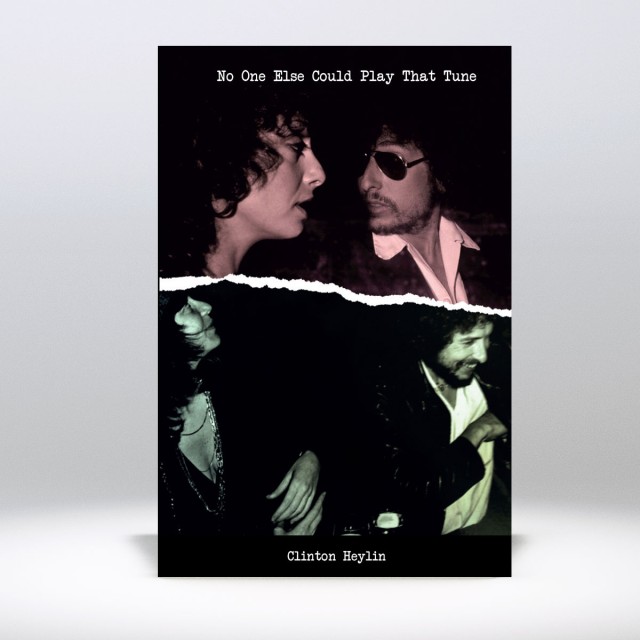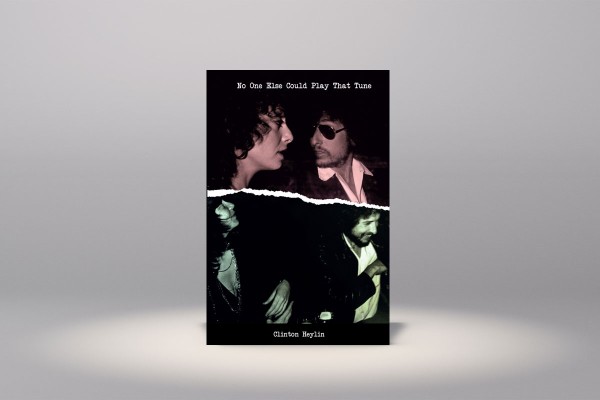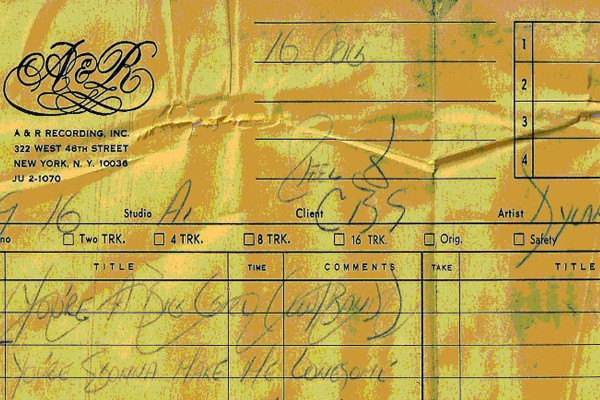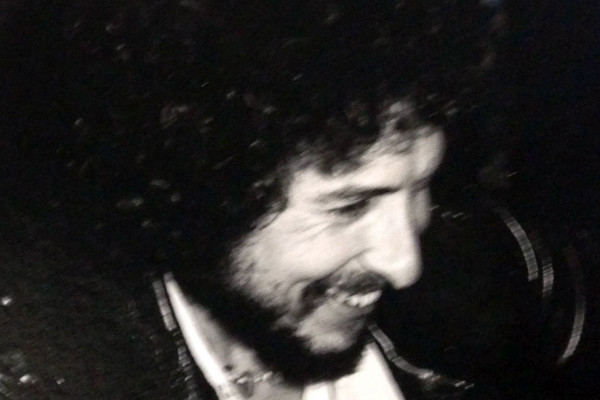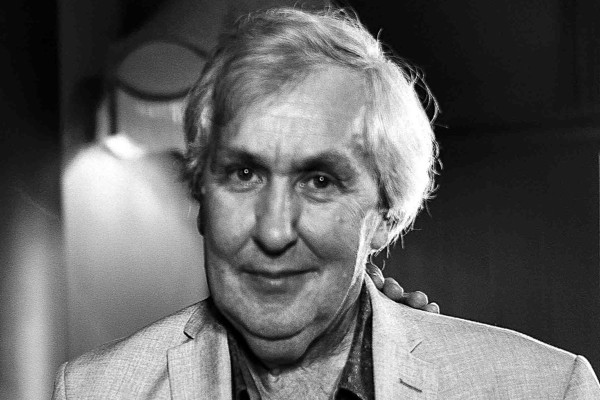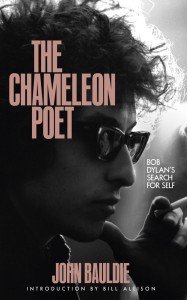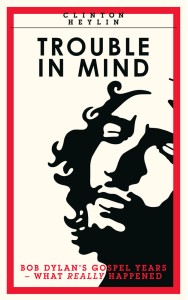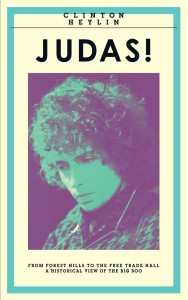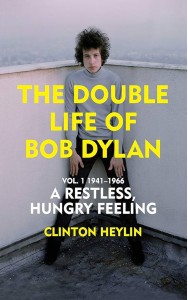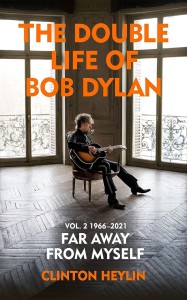The Making and Unmaking of Bob Dylan’s 1974 Masterpiece
Wanted Man Study Series: Take II ~ Vol.1
Limited edition monograph in hardback.
NO ONE ELSE COULD PLAY THAT TUNE is the perfect companion to the all-singing all-dancing boxed set of the complete New York sessions for Dylan’s fabled Blood On The Tracks: More Blood, More Tracks.
Clinton Heylin tracked down and interviewed just about every eye-witness still standing, including the only musician – Dylan excepted – to play at all the New York sessions; a new interview with Ellen Bernstein, Dylan’s CBS A&R girlfriend at the time; at least one engineer previously undocumented and two old Village friends who attended the initial sessions at Dylan’s behest.
He also spent a fortnight at the Tulsa Dylan archive, researching and annotating the two working notebooks into which the artist wrote two dozen original songs, only a dozen of which would make it all the way to the September A&R sessions.
In 40,000 words, he tells the full tale of the making of Dylan’s greatest masterpiece as well as providing a detailed examination of the thought processes that went into the unmaking of it; as Dylan dismantled the New York album, re-recorded 60% of it and sped the rest of it up, removing audible blood from each and every track he changed.
Never fully revealed before, it is a story only now ready to be told, accompanied as it is by the full soundtrack, courtesy of Sony Music. This limited edition hardback monograph is profusely illustrated and annotated.
Hardback edition available exclusively from Route.
eBooks:
Kindle: UK | US | CA | FR | DE | NL | ES | IT | AU | JP | MX | IN | BR |
Apple: UK | US | CA | FR | DE | NL | ES | IT | AU | JP | MX | BR |
